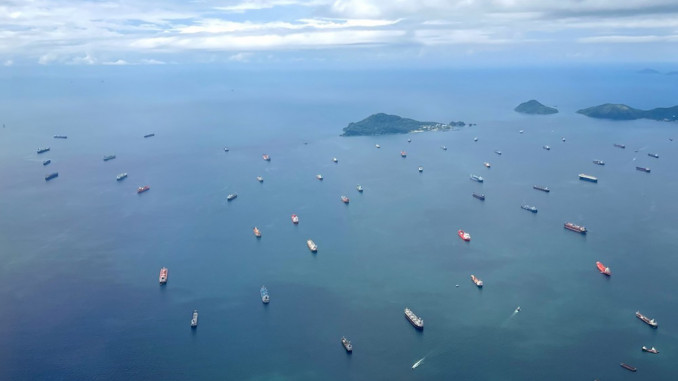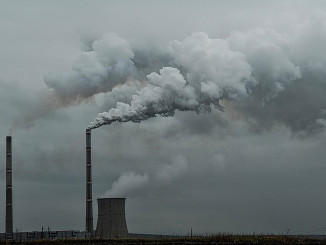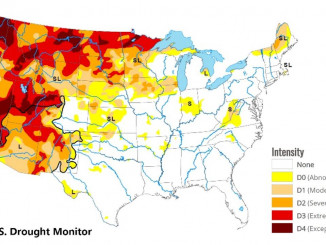
The Panama Canal, which has historically connected commerce from the Atlantic and Pacific Oceans is facing a potentially serious crisis. In normal times, roughly 5 percent of all seaborne trade of the entire world passes through the Panama Canal. The Canal is one of the most important choke points in global trade. However, a prolonged drought in the Panamanian region has seriously constrained the flow of traffic through the Canal.
The Canal is an impressive and complex engineering accomplishment built over 100 years ago where container ships pass from one ocean to another by traveling in a series of “stairs” above sea level. Every time one of the locks goes down to raise or lower the water level, some water is lost into the ocean. Lake Gatun, which feeds into the canal, also happens to be the source of half of the Panamanian people’s drinking water. Each passage of a vessel requires around 52 million gallons of freshwater to lift and lower ships into and out of the canal, which is as much water as half a million Panamanians consume in an average day.

In normal times, the loss of freshwater into the ocean hasn’t been an issue because there is often substantial rain in the region that refills the man-made lakes that feed into the canal.
But what happens when Panama suffers from a long dry-spell like it has been facing for the past several months? In December, Lake Gatun, the main lake that feeds into the Canal, faced unprecedented low levels of water. The whole canal risks getting more and more shallow. Panamanian officials have been forced to limit the size and number of vessels that can pass through the Canal. What used to be 36 ships per day is soon to be 18 ships per day in February. On top of this, to make up for the loss of traffic, the managers of the canal have also had to raise fees for passage.
Because of this, there have been huge traffic jams of hundreds of ships waiting in line to cross the canal, creating massive wait times. Shippers have had to spend sometimes as much as additional weeks in their voyage just idling in the line to get through the Canal. Some shippers have determined that rather than getting stuck in a bottleneck at the Panama Canal and paying higher fees, it is more cost-effective for them to send their ships to go the other way around the world through Egypt’s Suez Canal, around Patagonia in Chile’s Strait of Magellan, or around South Africa’s Cape of Good Hope. The end result of all of this is that shipping costs go up globally because more labor, time and fuel is required to get goods around the world.

This drought, of course, impacts people in Panama, whose entire economy revolves around the Canal and whose access to freshwater is threatened. If this drought continues on, it also threatens to raise prices for working-class and poor people all over the world. It is the consumers of basic products for survival, such as food and fuel, who will be expected to pay for this crisis.
We live in a world where record inflation over recent years has condemned millions more around the world to starvation, while the conflicts raging on in Ukraine and the Middle East devastate economic activity globally. The drought crisis in the Panama Canal adds yet another strain on the unstable global capitalist system.
The Panama drought is part of the climate crisis. We are just beginning to see the consequences for what will come. There is no infrastructure that is safe from its impacts. Crises in the various logistics choke points like the Panama Canal inevitably will choke our wallets and stomachs. Like with any other aspect of life under this system, the poor and working class of the world will be forced to shoulder the brunt of the devastation. We must look beyond this system for real solutions!




